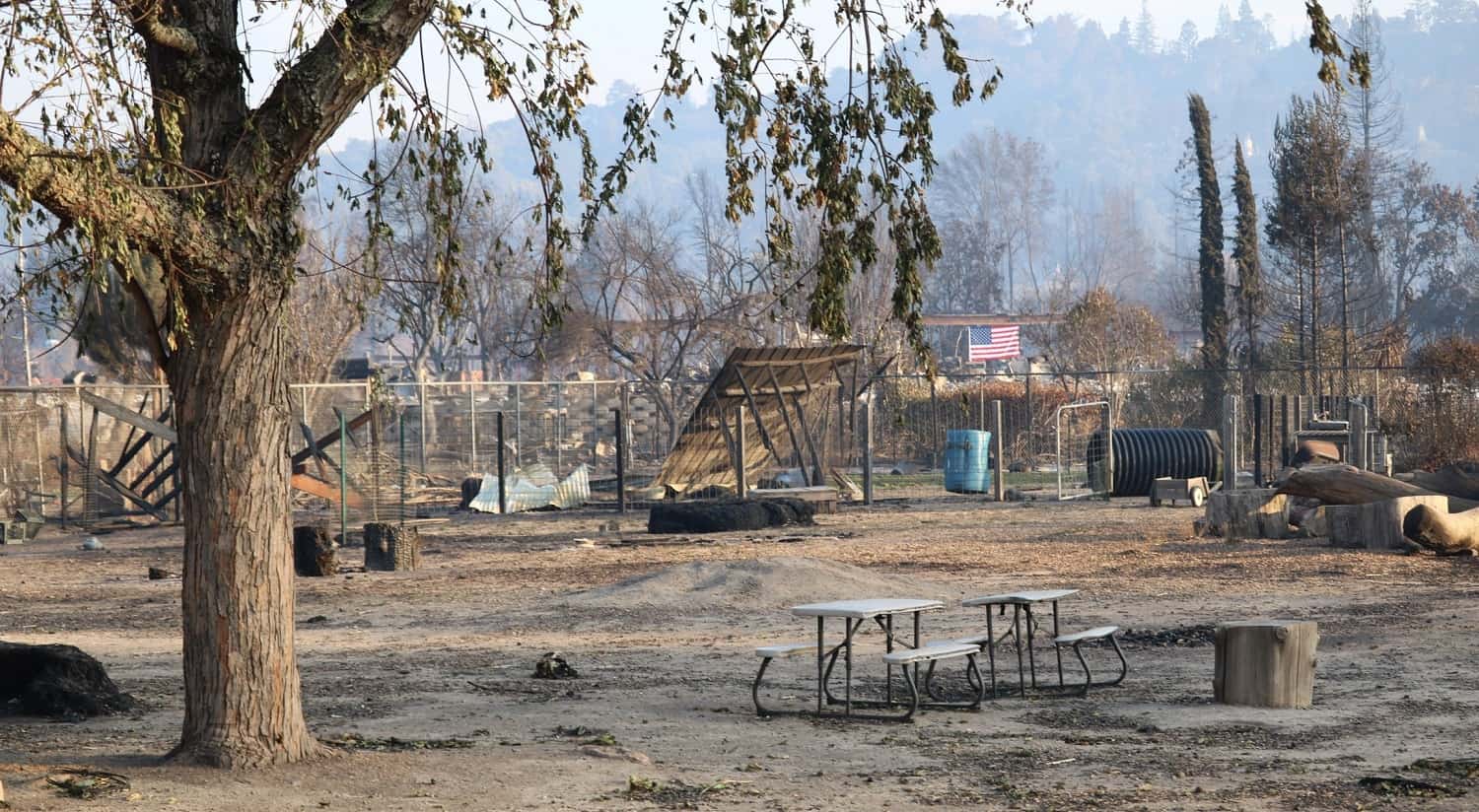In October 2017, a series of fires broke out across Northern California leaving unprecedented damage in their wake. In Sonoma County alone, more than 13,000 homes and 900 businesses were destroyed or damaged – including the loss of nearly 500 licensed early care and education (ECE) spaces, literally overnight.
The devastation in Sonoma County in 2017 prompted LIIF, funded by First 5 California, along with First 5 Sonoma County, Community Child Care Council (4Cs) of Sonoma County and the Child Care Planning Council of Sonoma County to study how to create a public/private partnerships to build child care facilities in affordable housing developments. The paper, “Housing Development and Child Care Facilities: Strategies and Financing,” is the outcome of our year-long effort to determine how to build these partnerships and provide resources for housing developers and ECE providers looking to partner on projects. (Video.)
Early care and education is not the first thing that comes to mind in disaster recovery, but it has one of the most immediate impacts on families and communities. For those struggling to find shelter and return to work, finding a safe haven for our youngest children becomes critical. First responders and essential workers also depend on child care so they can provide emergency relief and perform essential jobs. The need for quality ECE facilities has proven more urgent since the 2017 fires, as the state of California grapples with more wildfires as well as the loss of childcare spaces due to the coronavirus pandemic. This paper, though it focuses on wildfire recovery, is equally applicable to the equitable economic recovery the nation needs now. Equitable recovery can’t happen without equitable access to child care. And equitable access isn’t possible without the construction of more quality ECE facilities.
Just as the statewide shortage of affordable housing isn’t going to be resolved without building new homes, the shortage of childcare slots won’t resolve without continued construction of childcare facilities. Building child care facilities within affordable housing developments is one step toward resolving both of these issues. This paper outlines how developers and ECE providers can work together to achieve successful housing and child care facilities development.
This paper examines how to assess, plan for, and finance these projects, and looks to the following take-aways as a road map for any stakeholder looking to build ECE facilities within affordable housing developments:
- The importance of building public/private partnerships.
- The need for dependable funding streams. Without the funds it will most likely be impossible to build child care facilities.
- Importance of political will- developing relationships with city departments and elected officials.
- Building child care facilities within housing developments makes sense. We are not only building facilities; we are building communities.
Thanks to our partners in Sonoma County and the City of Santa Rosa:
- BRIDGE Housing
- Community Child Care Council (4Cs) of Sonoma County
- Child Care Planning Council of Sonoma County
- First5 Sonoma County
Elizabeth Winograd is a senior program officer at LIIF. She can be reached at ewinograd@liifund.org.
